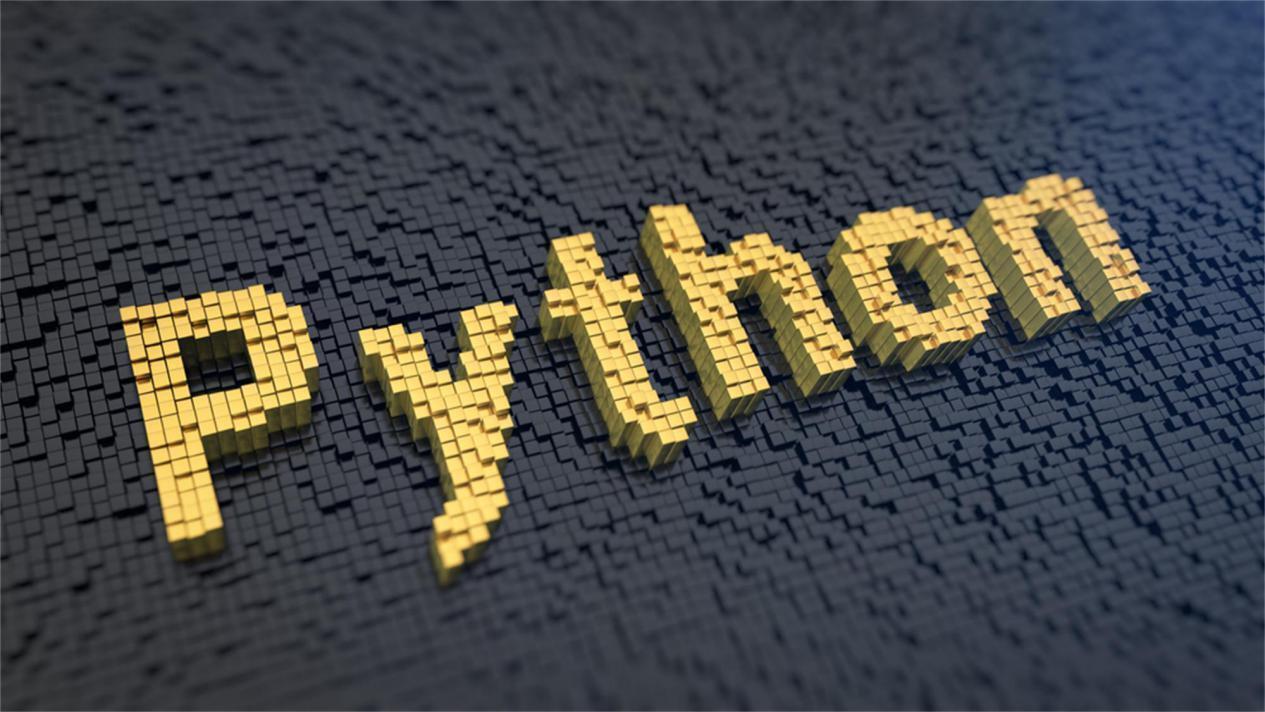1
python 内置数据结构 list、set、dict、tuple(二)
发布于: 2021 年 04 月 21 日

# 传值和传地址的区别# 对于简单的数值,采用传值操作,即在函数内对参数的操作不影响外面的变量# 对于复杂变量,采用传地址操作,此时函数内的参数和外部变量是同一份内容,# 任何地方对此内容的更改都影响另外的变量或参数的使用
def a(n): n[2] = 300 print(n) return None
def b(n): n += 100 print(n) return None
an = [1,2,3,4,5,6]bn = 9
print(an)a(an)print(an)
print(bn)b(bn)print(bn)
复制代码
[1, 2, 3, 4, 5, 6][1, 2, 300, 4, 5, 6][1, 2, 300, 4, 5, 6]91099
复制代码
关于列表的函数
l = ['a', 'i love you', 45, 766, 5+4j]l
复制代码
['a', 'i love you', 45, 766, (5+4j)]
复制代码
# append 插入一个内容,在末尾追加a = [i for i in range(1,5)]print(a)a.append(100)print(a)
复制代码
[1, 2, 3, 4][1, 2, 3, 4, 100]
复制代码
# insert:指定位置插入# insert(index, date),插入位置是index前面print(a)a.insert(3, 666)print(a)
复制代码
[1, 2, 3, 4, 100][1, 2, 3, 666, 4, 100]
复制代码
# 删除# del 删除# pop,从对应位拿出一个元素,即把最后一个元素取出来print(a)last_ele = a.pop()print(last_ele)print(a)
复制代码
[1, 2, 3, 666, 4, 100]100[1, 2, 3, 666, 4]
复制代码
# remove:在列表中删除指定的值的元素# 如果被删除的值没在list中,则报错# 即,删除List指定值的操作应该使用try...excepty语句,或者先行进行判断# if x in list:# list.remove(x)a.insert(4, 666)print(a)print(id(a))a.remove(666)print(a)print(id(a))
# 输出两个id值一样,说明,remove操作是在原list直接操作
复制代码
[1, 2, 3, 4, 666]2261435601928[1, 2, 3, 4]2261435601928
复制代码
# clear:清空print(a)print(id(a))a.clear()print(a)print(id(a))
# 如果不需要列表地址保持不变,则清空列表可以使用以下方式# a = list[]# a = [ ]
复制代码
[]2261435601928[]2261435601928
复制代码
# reverse:翻转,原地翻转
a = [1,2,3,4,5]print(a)print(id(a))
a.reverse()print(a)print(id(a))
复制代码
[1, 2, 3, 4, 5]2261441839496[5, 4, 3, 2, 1]2261441839496
复制代码
# exrend:扩展列表,两个列表,把一个直接拼接到后一个上
a = [1,2,3,4,5]b = [6,7,8,9,10]print(a)print(id(a))
a.extend(b)print(a)print(id(a))
复制代码
[1, 2, 3, 4, 5]2261441540872[1, 2, 3, 4, 5, 6, 7, 8, 9, 10]2261441540872
复制代码
# count:查找列表中指定值或元素的个数print(a)a.append(8)a.insert(4, 8)print(a)a_len = a.count(8)print(a_len)
复制代码
[1, 2, 3, 4, 5, 6, 7, 8, 9, 10][1, 2, 3, 4, 8, 5, 6, 7, 8, 9, 10, 8]3
复制代码
# copy:拷贝,浅拷贝
# 列表类型变量赋值示例a = [1,2,3,4,5,666]print(a)# list类型,简单赋值操作,是传地址b = ab[3] = 777print(a)print(id(a))print(b)print(id(b))
print("*" * 20)
# 为了解决以上问题,list赋值需要采用copy函数b = a.copy()print(a)print(id(a))print(b)print(id(b))
print("*" * 20)b[3] = 888print(a)print(b)
复制代码
[1, 2, 3, 4, 5, 666][1, 2, 3, 777, 5, 666]2195797555400[1, 2, 3, 777, 5, 666]2195797555400********************[1, 2, 3, 777, 5, 666]2195797555400[1, 2, 3, 777, 5, 666]2195798283976********************[1, 2, 3, 777, 5, 666][1, 2, 3, 888, 5, 666]
复制代码
# 深拷贝跟浅拷贝的区别# 出现下列问题的原因是,copy函数是个浅拷贝函数,即只拷贝一层内容# 深拷贝需要使用特定工具a = [1,2,3, [10 ,20 ,30]]b = a.copy()print(id(a))print(id(b))print(id(a[3]))print(id(b[3]))a[3][2] = 666print(a)print(b)
复制代码
2195798054792219579642029621957981088722195798108872[1, 2, 3, [10, 20, 666]][1, 2, 3, [10, 20, 666]]
复制代码
元组-tuple
元组可以看成是一个不可更改的 list
元组创建
# 创建空元组t = ()print(type(t))
# 创建一个只有一个值的元组s = (1)print(type(s))print(s)
t = (1, )print(type(t))print(t)
t = 1,print(type(t))print(t)
# 创建多个值的元组t = (1,2,3,4,5)print(type(t))print(t)
t = 1,2,3,4,5print(type(t))print(t)
# 使用其他结构创建l = [1,2,3,4,5]t = tuple(l)print(t)
复制代码
<class 'tuple'><class 'int'>1<class 'tuple'>(1,)<class 'tuple'>(1,)<class 'tuple'>(1, 2, 3, 4, 5)<class 'tuple'>(1, 2, 3, 4, 5)(1, 2, 3, 4, 5)
复制代码
元组的特性
是序列表,有序
元组数据值可以访问,不能修改,不能修改,不能修改
元组数据可以是任意类型
总之,list 所有特性,除了可修改外,元组都具有
也就意味着,list 具有的一些操作,比如索引,分片,序列相加,相乘,成员资格操作等,一模一样
# 索引操作t = (1,2,3,4,5)print(t[4])
复制代码
5
复制代码
# 超标错误print(t[12])
复制代码
---------------------------------------------------------------------------
IndexError Traceback (most recent call last)
<ipython-input-22-0db0bf4ec3b5> in <module> 1 # 超标错误----> 2 print(t[12])
IndexError: tuple index out of range
复制代码
t = (1,2,3,4,5,6)t1 = t[1::2]print(id(t))print(id(t1))print(t1)
# 切片可以超标t2 = t[2:100]print(t2)
复制代码
21957980587602195797607552(2, 4, 6)(3, 4, 5, 6)
复制代码
# 序列相加t1 = (1,2,3)t2 = (4,5,6,7)
# 传址操作print(t1)print(id(t1))t1 += t2print(t1)print(id(t1))
# 以上操作,类似于t1 = (1,2,3)t1 = (2,3,4)
# tuple 的不可修改,指的是内容不可修改# 修改tuple内容会导致报错t1[1] = 100
复制代码
(1, 2, 3)2195798298200(1, 2, 3, 4, 5, 6, 7)2195795953560
---------------------------------------------------------------------------
TypeError Traceback (most recent call last)
<ipython-input-32-e65ebb898657> in <module> 16 # tuple 的不可修改,指的是内容不可修改 17 # 修改tuple内容会导致报错---> 18 t1[1] = 100
TypeError: 'tuple' object does not support item assignment
复制代码
# 元组相乘t = (1,2,3)t = t * 3print(t)
复制代码
(1, 2, 3, 1, 2, 3, 1, 2, 3)
复制代码
# 成员检测t = (1,2,3)if 2 in t: print("Yes")else: print("No")
复制代码
Yes
复制代码
# 元组遍历,一般采用for# 1. 单层元组遍历t = (1,2,3,"ruochen", "i", "love")for i in t: print(i, end=" ")
复制代码
1 2 3 ruochen i love
复制代码
# 2. 双层元组的遍历t = ((1,2,3), (2,3,4), ("i", "love", "you"))
# 对以上元组的遍历,可以如下# 1.
for i in t: print(i) for k,m,n in t: print(k, "--", m, "--", n)
复制代码
(1, 2, 3)(2, 3, 4)('i', 'love', 'you')1 -- 2 -- 32 -- 3 -- 4i -- love -- you
复制代码
划线
评论
复制
发布于: 2021 年 04 月 21 日阅读数: 8
版权声明: 本文为 InfoQ 作者【若尘】的原创文章。
原文链接:【http://xie.infoq.cn/article/f14b200f5269d8a3307a11ee0】。文章转载请联系作者。
若尘
关注
还未添加个人签名 2021.01.11 加入
还未添加个人简介












评论